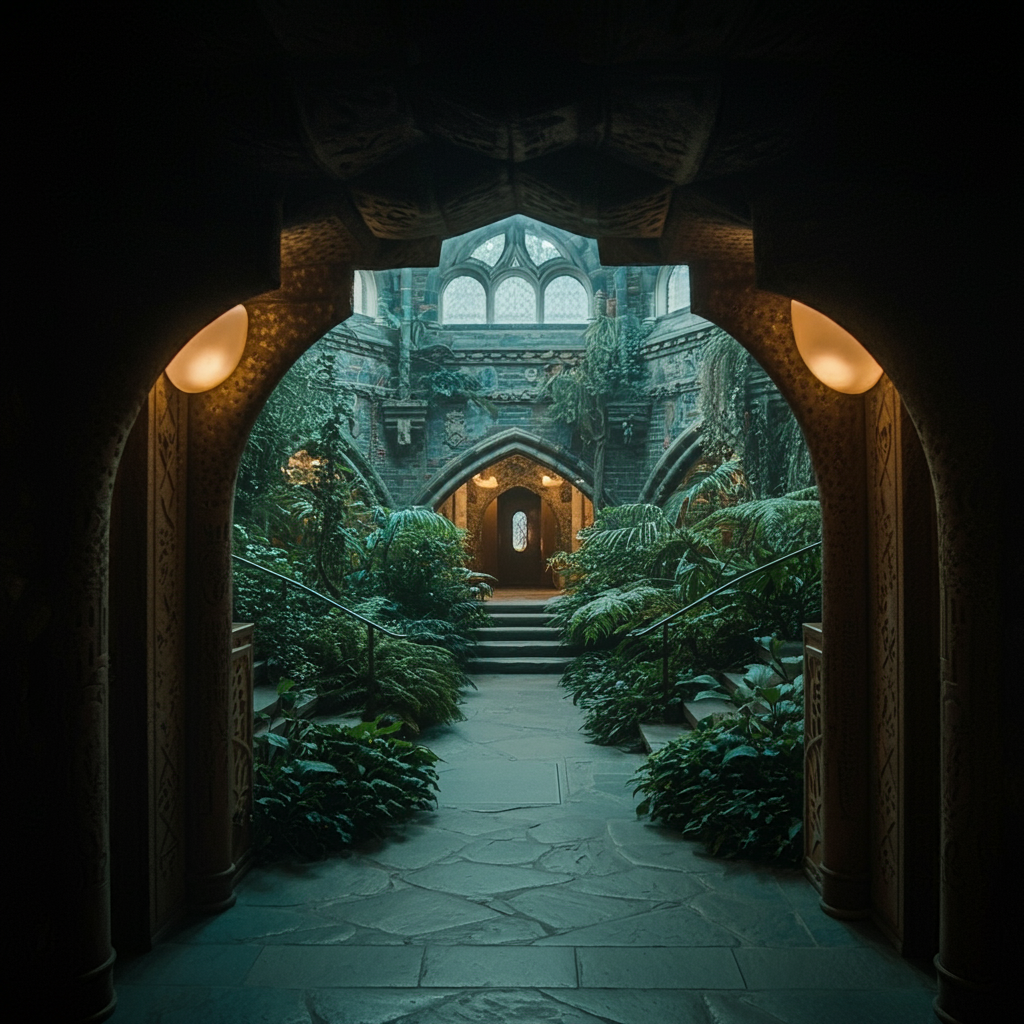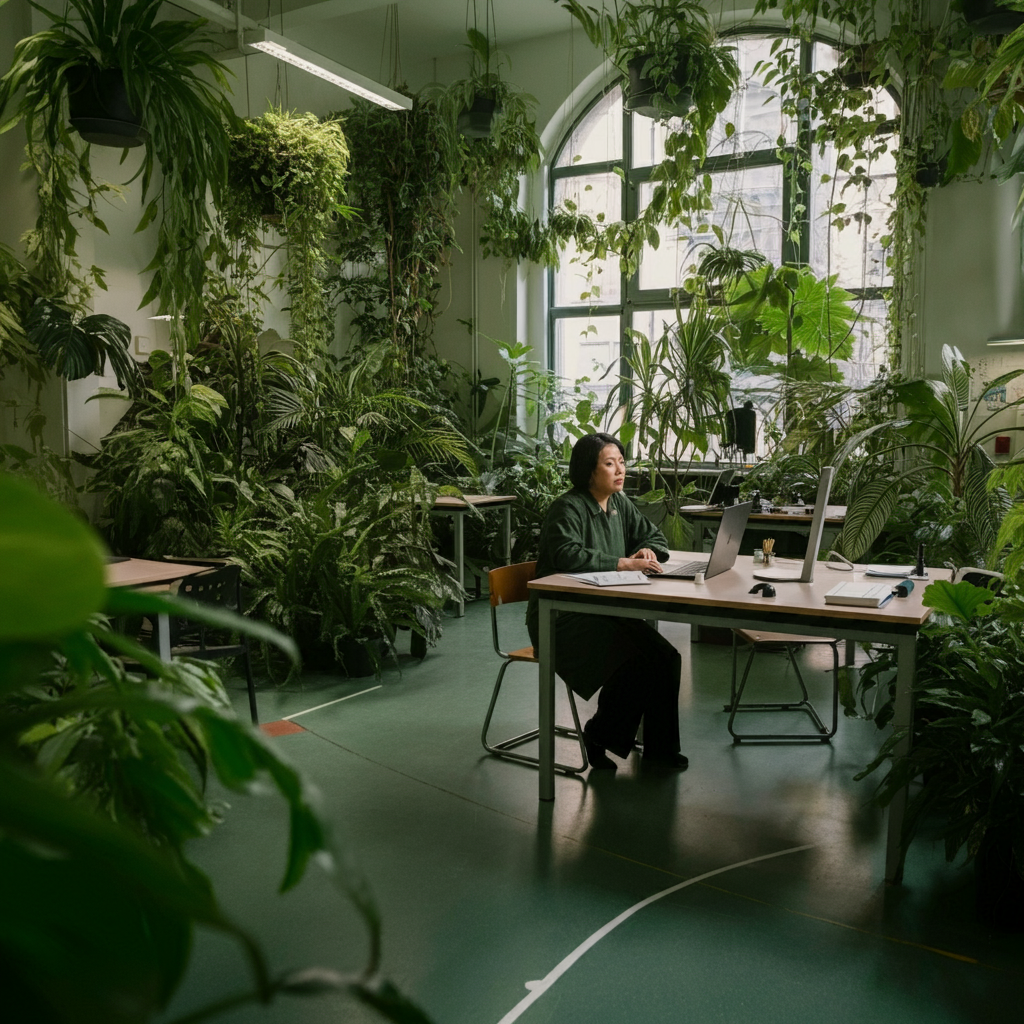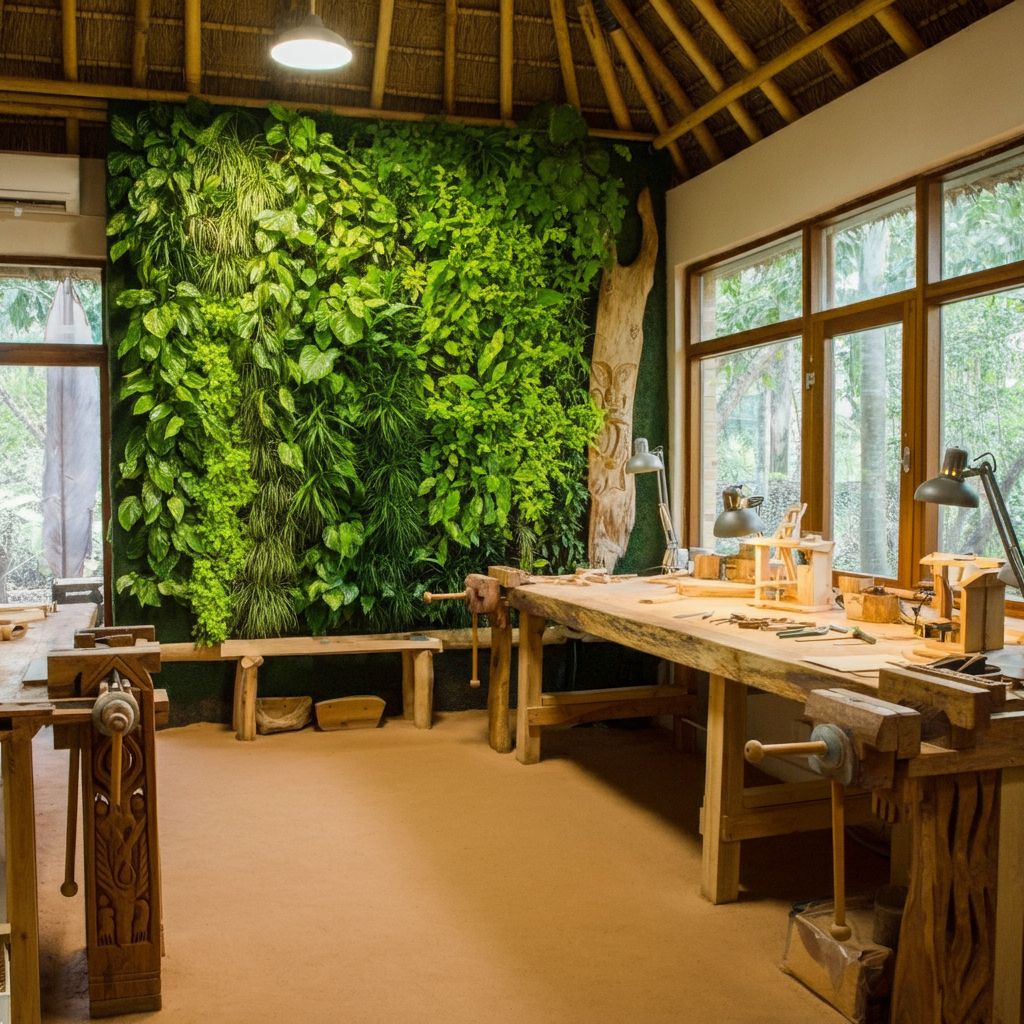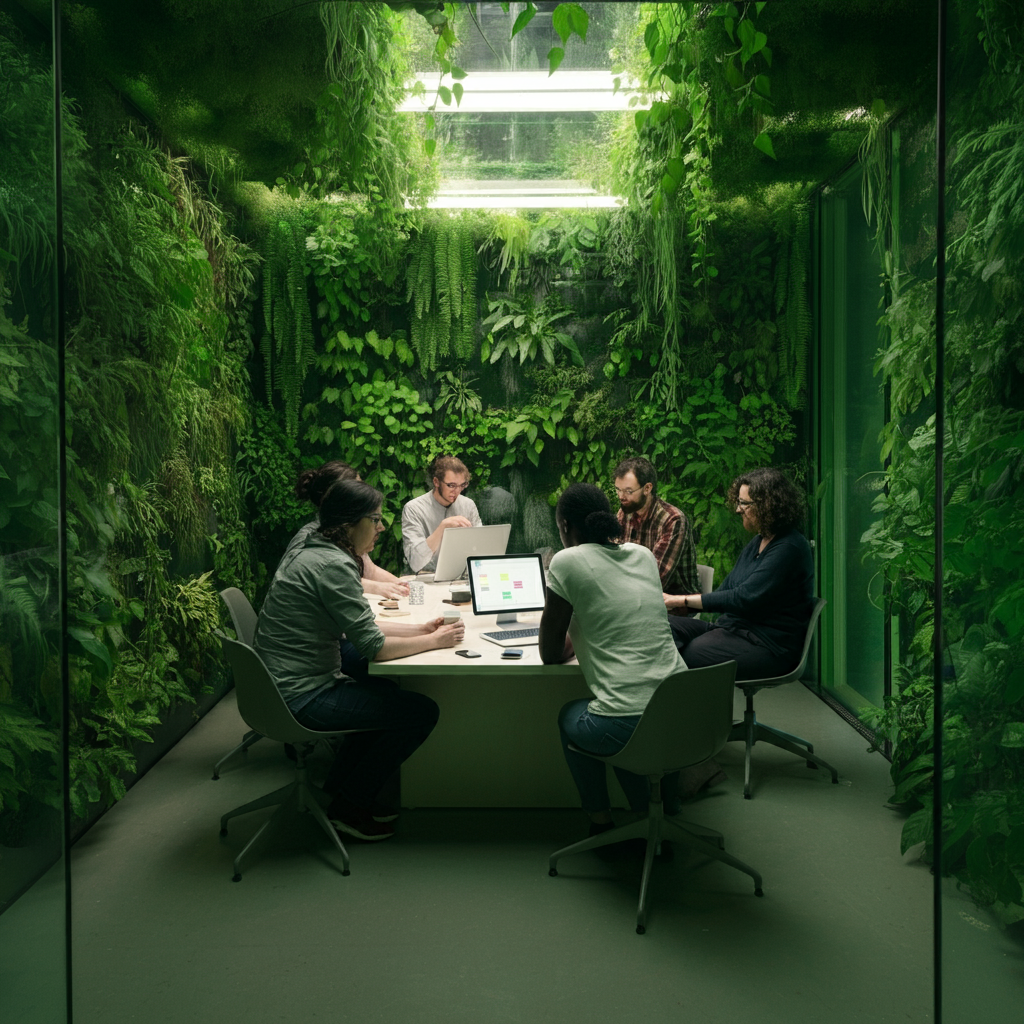Project Overview
Ideation Stages
I approached the early design stages of this project for my Critical Speculative Design for Anti-Racism in Higher Education class with the intention of creating a counter-narrative that challenges the harmful stereotypes often associated with immigrants in the U.S. This speculative artifact aims to support immigrant students, simulate a community of care around them, and model how higher education institutions could more effectively protect and empower immigrant communities.
I began by asking several design questions:
-
Undocumented student resources - Outdated resources
Change the current system that does not take into account ALL STUDENTS
GU made an official statement in 2021, even though the current political climate directly attacks immigrant students.
-
HEIs must protect their STUDENTS against anti-immigration and racist rhetoric or discourse.
Implement trauma-informed practices and equity-centered systems change
Promote multilingual environments
we need to ACT NOW
-
I'm thinking of a "dreamer's lab, " a place for community engagement in advancing social justice regarding immigrants' rights.
We DREAM together, we IMAGINE together.
My artifact would be a result of this lab. Maybe a "newspaper" that creates a counternarrative about the dominant malignant fiction.
Maybe an art gallery where immigrants tell their own stories without others telling them for them.
Context
Negative perceptions of immigration have become more prominent in recent years, often intertwining with issues of racial bias. Drawing on Tatum’s (2023) definition of racism as a system of advantage based on race, these sentiments disproportionately affect immigrants who are people of color, frequently depicted through harmful and unfounded stereotypes. Maya Wiley, President and CEO of The Leadership Conference on Civil and Human Rights, has described such narratives as efforts to divide communities. These portrayals, characterizing immigrants as both threatening and undeserving, align with Chinua Achebe’s (1978) concept of “malignant fiction” from his essay “The Truth of Fiction.”
In educational settings, particularly at universities where first- and second-generation immigrant students are increasingly represented, there is a pressing need to counteract these damaging assumptions. Many institutions, such as Georgetown University, still lack adequate support systems; the UndocuHoya initiative, for example, remains under-resourced. Undocumented students often face barriers to fully participating in academic life, including limitations on internships, study abroad programs, and in-state tuition. These challenges highlight the ongoing need for institutional commitment to equity and inclusion for immigrant communities in higher education.
The Dreamer’s Lab
Inspired by Critical Speculative Design (Mitrović et al., 2021), the Dreamer's Lab is a community-led initiative for Georgetown’s immigrant community, addressing the lack of institutional support by creating an independent system, as Sandy Grande (2018) advocates. Named after the Dreamers Act, it leverages “beneficent fictions” to counter harmful stereotypes, envisioning dreams as transformative tools for change. Originating from critical questions:
Who gets to be a designer?
Who gets to imagine the future worlds?
What if we, the immigrant community, create a safe space while advancing immigrant justice
What would this space look like? What can people do here?
The lab is a “third space” for social justice, community care, and innovation. It integrates Design Justice principles and bell hooks’s (1995) radical pedagogy, valuing all voices. Guided by Walidah Imarisha’s belief that “all organizing is science fiction,” the lab uses beneficent fiction to unite the immigrant community in reimagining futures through activism, art, and scholarship.
The Dreamer’s Lab serves as a safe space for the congregation of immigrant students at Georgetown University. I envisioned this secret place having a hidden entrance somewhere on the hilltop (I can’t reveal the exact location to maintain its secrecy). The entrance to the Dreamer’s Lab features gothic-style architecture typical of U.S. universities and is surrounded by nature, encouraging its members to reconnect with their roots. This natural element is a recurring theme throughout the Lab. Inside, individuals collaborate on immigrant justice projects aimed at protecting and acknowledging the immigrant community at the university. The following images were generated using ImageFX.
World Building
The Speculative artifact
The Dreamer’s Lab has launched a community journal called “The Future Times,” inspired by the International Network of Street Papers, to amplify immigrant voices at Georgetown by encouraging community members to share, write, and communicate on critical topics. Each issue will explore speculative "what-if" scenarios based on lab practitioners' experiences, addressing social and political issues that affect immigrants, such as potential outcomes of U.S. government initiatives like Project 2025. The journal, published at various future points, will use the narrative toolkit from the Butterfly Lab for Immigrant Narrative Strategy (2022) to strengthen social justice narratives. Articles will be available in multiple languages, fostering inclusivity among multilingual readers.
2024
2028
2032






